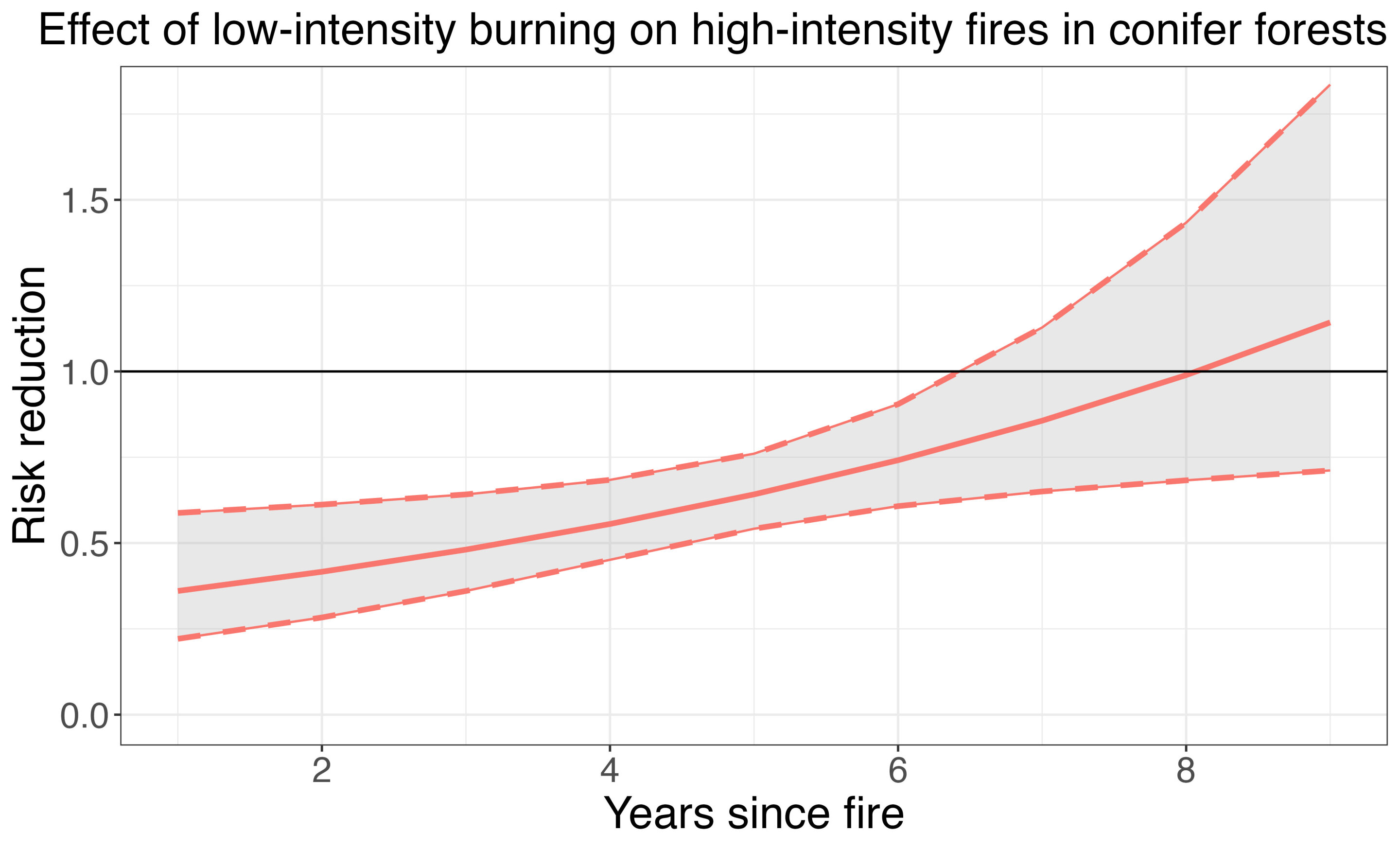According to a recent study conducted by researchers at Stanford and Columbia universities, there is now no doubt about how to prevent high-intensity wildfires that have been occurring more frequently in the Western U.S.
The study, published in Science Advances on November 10, demonstrates that low-intensity burning methods, such as controlled or prescribed fires, managed wildfires, and tribal cultural burning, can significantly reduce the risk of devastating fires for extended periods of time. These findings, which quantitatively assess the value of low-intensity fire, come at a time when Congress is reevaluating the wildfire strategy of the U.S. Forest Service as part of the Farm Bill reauthorization.
“I hope that policymakers will use this research as motivation and support for implementing beneficial fire as a crucial strategy in preventing wildfire catastrophes,” said Michael Wara, co-author of the study and director of the Climate and Energy Policy Program at the Stanford Woods Institute for the Environment. “While beneficial fire does come with its own risks, our study demonstrates the significant and long-lasting benefits of this essential risk reduction strategy.”
This study, which specifically focused on California, comes five years after the state experienced its deadliest wildfire on record, the Camp Fire. The combination of hotter weather and a history of fire suppression has led to the accumulation of dry vegetation, which fuels increasingly destructive wildfires. However, this was not always the case.
Indigenous people in California allowed wildfires to burn and intentionally used fire on the land for various purposes, including ceremonies and subsistence. As a result, the pre-colonial forests in California had less fuel for fires and were better equipped to retain moisture, making them more resilient to fire and drought.
2023-11-11 19:41:02
Link from phys.org
